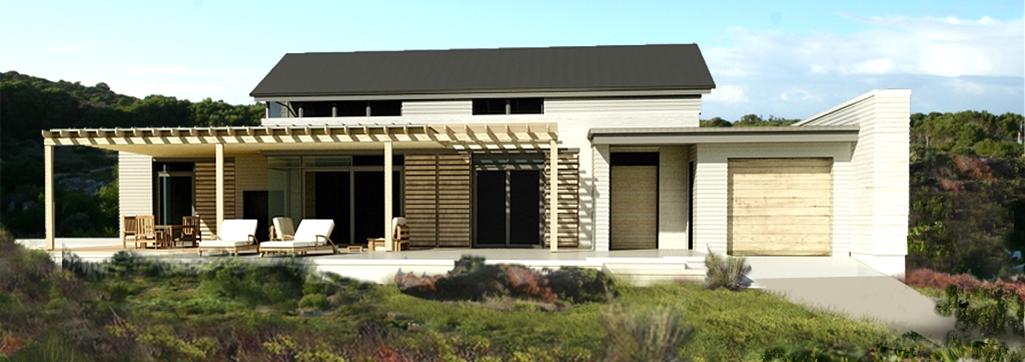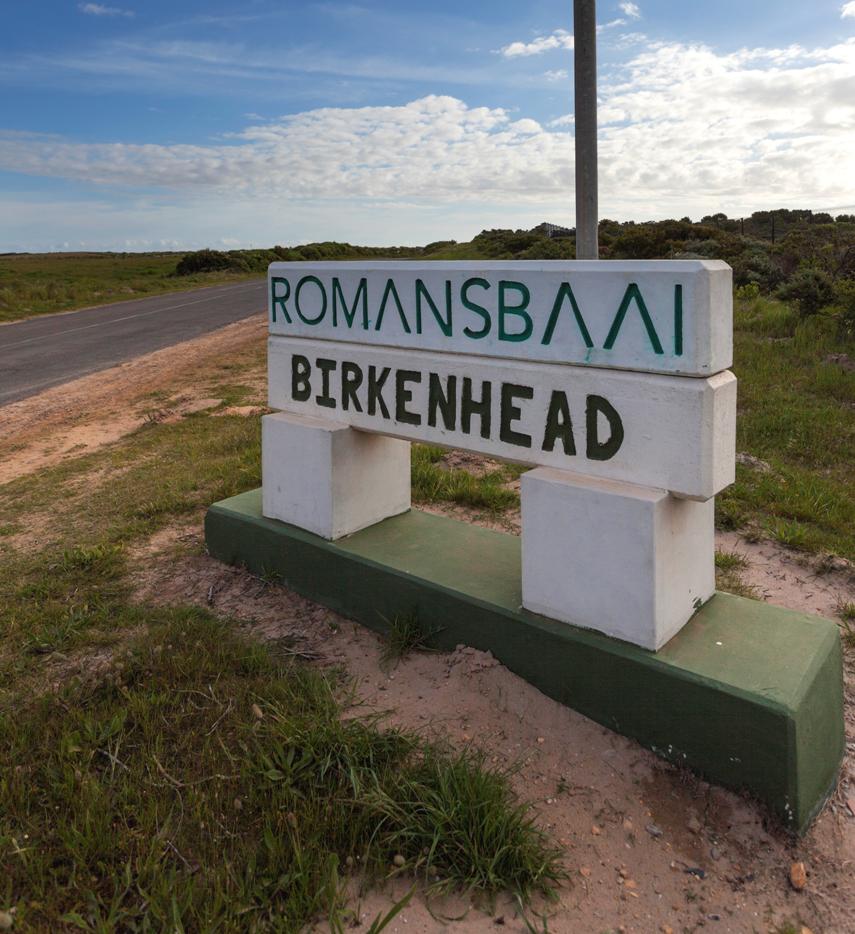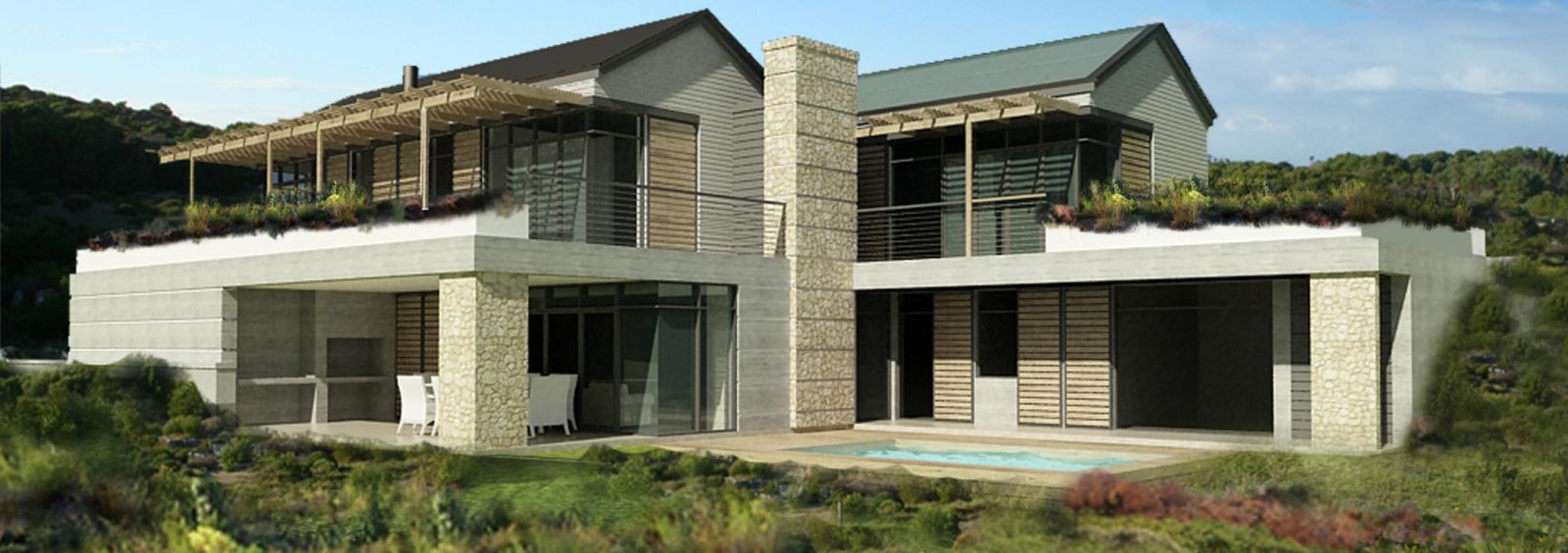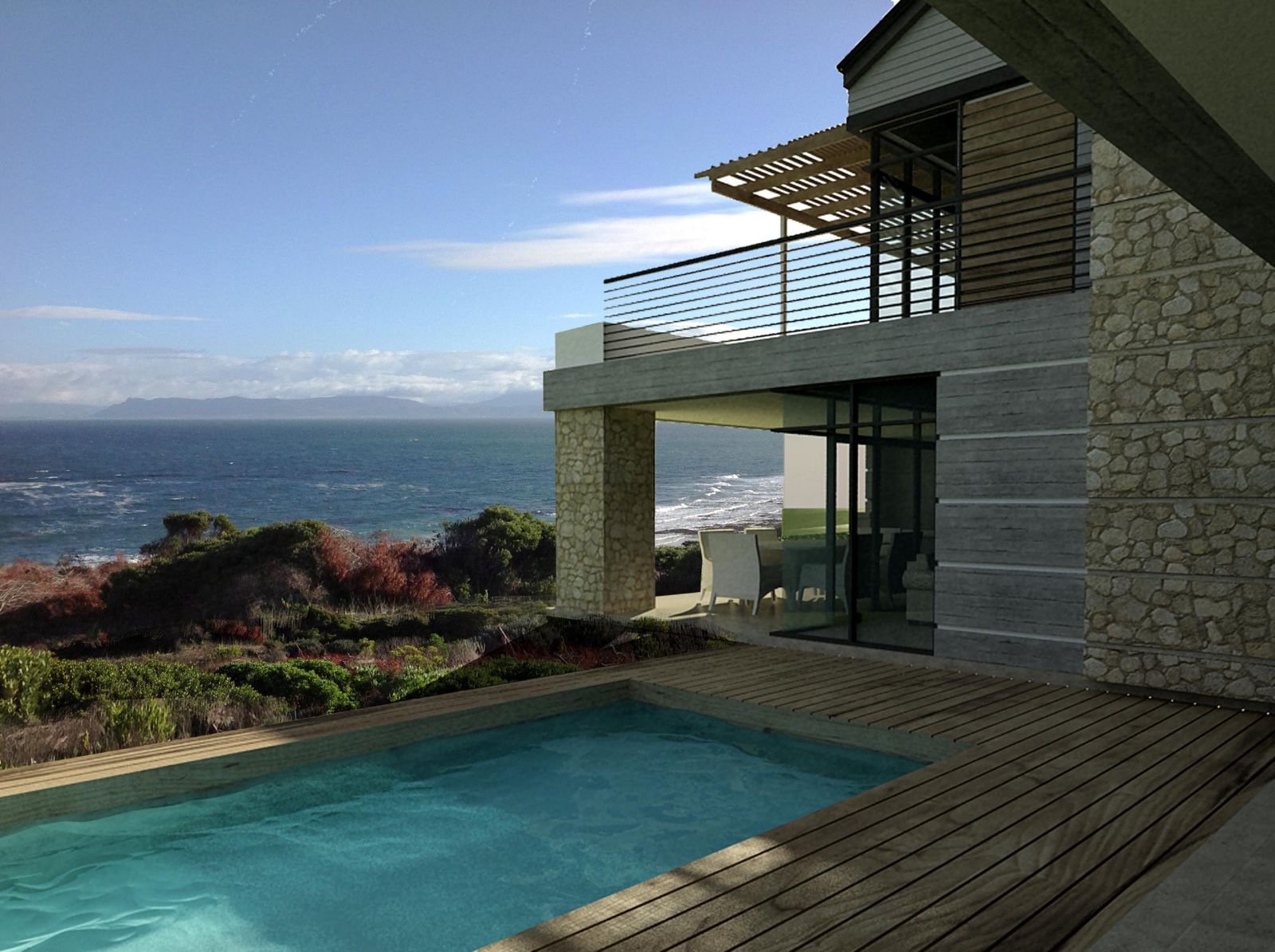
It is probably the last coastal residential estate with direct access to a beach and the ocean, say the developers of Romansbaai at Danger point on the Western Cape east coast, but its high standards for restoration of natural resources will apply to a whole new generation of developments in sensitive environments.
The 220ha estate, 40km from Hermanus and 180km from Cape Town, is also one of very few maritime estates on this coast that face north. It has a view across whale-famous Walker Bay to the Hottentots Holland Mountains.
 ‘Now that we have the services in, roads complete, security and a gatehouse, buyers have no concerns about settling in and building their homes,’ said developer David Mostert. So far 34 of the 459 homesites at Romansbaai are being transferred to buyers, or are being prepared for transfer, and building has begun on individual homes.
‘Now that we have the services in, roads complete, security and a gatehouse, buyers have no concerns about settling in and building their homes,’ said developer David Mostert. So far 34 of the 459 homesites at Romansbaai are being transferred to buyers, or are being prepared for transfer, and building has begun on individual homes.
Mostert is responsible for bringing Romansbaai back to viability through the business rescue process after the development faltered during the early days of the recession in 2008. ‘Getting Romansbaai back on track ranks high on my list of really worthwhile achievements’ he says.
Of the entire offering, 80 houses will be built by the developers on a plot and plan basis, and the remaining 379 homes will be built by owners, according to a strict development guideline. A total of 27 of the plots are directly on the seafront, while the rest stretch into the fynbos reserve, with wide swaths of vegetation between the groupings.
Although Romansbaai’s development approval predates provisions of the National Environmental Management Act related to Oceanside projects, which are now severely restricted, Mostert says that conservation on the site goes way beyond usual measures to preserve the natural environment.

Only 15 hectares makes up the building disturbance area of the 220-hectare, and each plot, ranging in size from 1 200m2 to 6 400m2, has a restricted footprint for construction, and no private fences are permitted.
Indigenous plants and fynbos cover the entire landscape of the security resort, and buildings and roads are designed to blend into the vegetation and other natural features. The developers are spending around R500 000 a year on the eradication of alien plant species and, at the gatehouse precinct alone, over 7000 new endemic indigenous plants have been introduced. Where plants had to be removed for roads and pathways, they were transferred to a nursery and then replanted on the site.
Mostert says that the development touches its environment lightly, with no fynbos disturbance wider than three metres beyond the road surfaces, and all services, including water and electricity, following the road reserve to the various homesites. The development is linked directly to the local municipal services, which were upgraded specifically to accommodate Romansbaai, in 2008.
Pedestrian, cycle and golf cart access to the beach is provided by a single dedicated road for exclusive use by residents of the estate and visitors to the 40-room hotel that will eventually be developed there. As with all the other roads on the estate, it is paved with an unobtrusive, aggregate-embedded material. There are no streetlights, and light emission from houses is also regulated.

Romansbaai is expected to contribute directly to the economy of the surrounding areas, in that it will provide a market for local traders, and employment for residents of the area, both in the construction phase of the houses and in the maintenance of the estate.
One of the major objectives, says David Mostert, is to mitigate the decimation of natural resources including perlemoen by poachers. ‘Our conservation mission goes further than the land we occupy, and includes the ocean and the people too. Where poverty forces people to resort to illegal means to survive, we are committed to help alleviate their plight.
‘As the estate’s population reaches a critical mass, we expect an improvement in the fortunes of disadvantaged locals, by way of full and part-time work,’ he said.
Security is a priority and the entire estate is monitored electronically within the low visual impact high-tensile steel mesh fence that surrounds it. Access via the gatehouse is by biometric identification devices and the entrance is manned by a security company that is already fully operational.

The majority of buyers have come from the Cape and Gauteng and Mostert also hopes that local residents from surrounding seaside villages will buy homes at Romansbaai, attracted by the safety features and the well-maintained environment.
Plots are for sale from R495 000.
For further information visit the website www.romansbaai.co.za or call David Cooke on
27 82 566 1238 dcooke@romansbaai.co.za.
















